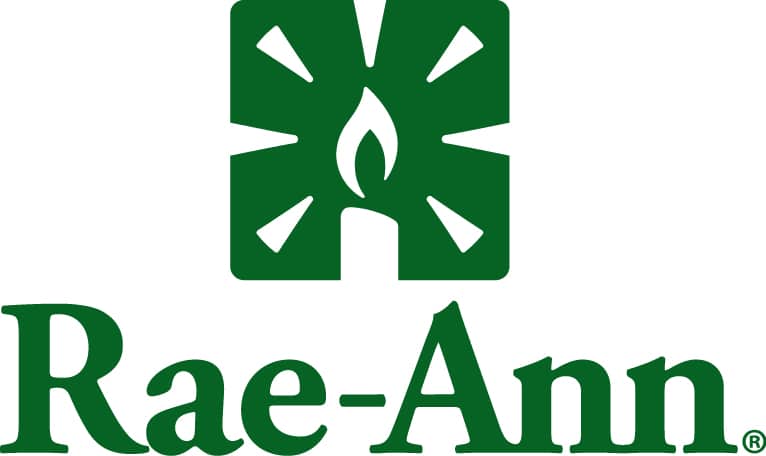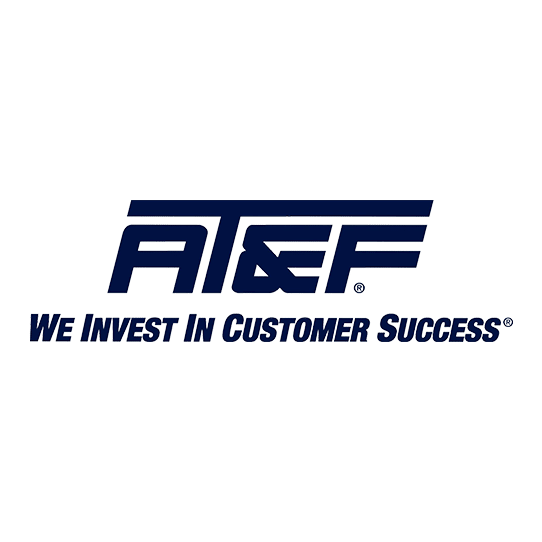Mitigating the adverse effects of climate change is one of the primary targets of the recently enacted Inflation Reduction Act (IRA). To that end, the legislation is packed with tax incentives, including the significant expansion and extension of two tax deductions for energy-efficient construction. The changes to the Section 179D deduction for commercial buildings and the Section 45L credit for residential homes increase their potential value and make them available to more taxpayers than ever before.
Sec. 179D deduction
The Sec. 179D deduction has been around since 2006 but was made permanent only recently, by the Consolidated Appropriations Act. The IRA adds changes that substantially boost the size of the potential deduction and expand the pool of eligible taxpayers.
Pre-IRA, the deduction generally was limited to the owners of commercial properties or residential properties that are four stories or higher. The deduction also could be assigned to “designers” (including architects and engineers) of buildings owned by government entities.
To claim the deduction, a taxpayer was required to show a 50% reduction in energy and power costs. The deduction amount was up to 63 cents per square foot for each of three eligible systems (HVAC and hot water, interior lighting and building envelope). The maximum deduction was $1.88 per square foot (adjusted for inflation). Taxpayers could get a partial deduction if they couldn’t show the requisite savings in all three systems and the deduction could be claimed only once per property.
The IRA keeps these requirements intact for the remainder of 2022 but makes some major changes starting on January 1, 2023. For starters, the qualification threshold drops to 25% energy savings, with a base deduction of 50 cents per square foot.
If, however, the project satisfies prevailing wage and apprenticeship requirements for laborers and mechanics, you can qualify for the so-called “bonus” deduction of up to $2.50 per square foot. This deduction amount increases on a sliding scale:
- If you qualify for the bonus, your deduction increases by 10 cents for each percentage point of energy savings above 25%, up to a 50% reduction, maxing out at $5 per square foot.
- If you don’t qualify for the bonus, your deduction increases by 2 cents for each percentage point of energy savings beyond 25%, again up to 50%, for a maximum deduction of $1 per square foot.
The IRA brings other changes, too. For example, it eliminates the availability of partial deductions, and it allows all tax-exempt entities — not just government entities — to assign their deductions to designers.
The law also revises the standard for determining the amount of energy savings. Currently, the determination is made using the American Society of Heating, Refrigerating and Air-Conditioning Engineers (ASHRAE) standard in effect two years prior to the start of the construction. Under the IRA, energy savings will be evaluated under the ASHRAE standard from four years prior to completion of construction.
In addition, the deduction is no longer “one and out.” You can claim it again every three tax years (four years for buildings that are owned by government or tax-exempt entities) for subsequent energy-efficient improvements.
And the IRA creates a new alternative deduction path for renovation projects. To be eligible, you must have a qualified retrofit plan and reduce the building’s energy use “intensity” by at least 25% (as opposed to annual energy and power costs) compared to before the retrofit. Qualifying taxpayers can claim the retrofit credit in the qualifying final certification year. The deduction amount can’t exceed the total adjusted basis of the retrofit property placed in service.
Sec. 45L credit
The Sec. 45L credit also first became available in 2006, but it expired at the end of 2021. The credit applied to “eligible contractors” that built energy-efficient single-family, manufactured and low-rise multifamily residences. To qualify, the residences had to be 50% more energy-efficient than a standard dwelling unit that complies with the 2006 International Energy Conservation Code standards. The maximum credit was $2,000 per unit, with no partial credit permitted.
The IRA revived the Sec. 45L credit, extending it in its original form for qualifying buildings placed in service in 2022, with the same eligibility requirements and credit amount. Beginning in 2023 and running through 2032, though, the credit will be available for residential properties of any size, including those that exceed three floors. This means that multifamily properties that are four or more floors will be able to qualify for both 179D and 45L.
However, the IRA imposes more stringent standards for determining energy savings. Properties must satisfy the U.S. Department of Energy’s Energy Star Manufactured New Homes Program or Energy Star Residential New Construction Program requirements.
The base credit amount changes in 2023, too. It increases to $2,500 per unit for single-family Energy Star homes and falls to only $500 per unit for Energy Star multifamily homes. But taxpayers might qualify for much larger credits by fulfilling additional criteria.
If a property meets the requirements for the even stricter Zero Energy Ready Home program, the credit jumps to $5,000 per single-family unit and $1,000 per unit for multifamily homes. The credit for an Energy Star multifamily property goes up to $2,500 per unit if the property satisfies prevailing wage requirements, or $5,000 per unit if it’s also Zero Energy Ready.
Make the most of the IRA
The Sec. 179D and 45L incentives are only the tip of the iceberg when it comes to the IRA’s energy-related tax provisions affecting both personal and business property. We can help you leverage all of the applicable opportunities to minimize your federal tax liability.
© 2022
Related Insights
Featured Post

Featured Client Testimonials
BW is a true partner to us. Their knowledge, expertise, and service are a valuable resource to us and play an important role in our success!
John Allen - Vice President of Finance, Kaufman Container

Featured Client Testimonials
I appreciate the exceptional tax advice we received over the years. The (BW team) has a good grasp of our business needs. Thank you for your excellent service.
John Griffiths - Owner, Rae Ann, Inc.

Featured Client Testimonials
The BW team has been fantastic to work with; both the team member at our office as well as at the partner level. Any issues or concerns are handled very efficiently and effectively.
Kelley Needham - Chief Executive Officer, Epilepsy Association

Featured Client Testimonials
Barnes Wendling has been our company accountants for over seven years. Their knowledge has been instrumental in helping us grow strategically during this time. And although we’ve seen many changes in our economy that we cannot control, we’ve always been able to trust the Barnes team to be by our side. The Barnes team feels like family. We can’t thank them enough for their support!
Christine Kloss - Controller, AT&F

Featured Client Testimonials
Barnes Wendling has been our company accountants for over 15 years. During this time, the business has grown exceptionally, and Barnes has kept pace, providing accurate, quality advice. Our finances are more efficient than ever, and the expense of hiring Barnes has been a definite positive add to our bottom line. I give my highest recommendation to their firm.
David Miller, MD - President, Retina Associates of Cleveland

Featured Client Testimonials
Barnes Wendling has provided us guidance and recommendations that have strategically helped strengthen our business and position ourselves for growth. We needed to hire a new VP of Finance and Controller this past year, and they were instrumental in helping us find the best candidates for our company.
Sara Blankenship - President, Kaufman Container

Featured Client Testimonials
We value the trust, accuracy of information, and reliability of Barnes Wendling and Mike Essenmacher personally. Mike has been instrumental as a trusted advisor on accounting, tax, and personnel issues. His advice is always accurate, and he is very reliable. His associates are also very talented.
Dominic Ozanne - President and CEO, Ozanne Construction Company

Featured Client Testimonials
We value Barnes Wendling’s expertise with all things accounting so we can operate our business using our strengths and allowing them to be our experts. They have also brought me a few business sale opportunities to allow me to grow my assets.
John Gaydosh - President and Metallurgical Engineer, Ohio Metallurgical Service

Featured Client Testimonials
Barnes Wendling (especially Lena) did a great job with our financials. Everything. It is extremely refreshing and comforting to know that all of our numbers are not only correct, but they are in the right place(s). Your diligence and reporting truly does make me (personally) feel better.
Thomas Adomaitis - Controller, Bialosky Cleveland

Featured Client Testimonials
I can wholeheartedly tell you that I have yet to work with an audit or tax team that have been more helpful, easy to work with, and committed than the team at Barnes Wendling- I have been through three different firms in the last few years.
Michelle Saylor, Former Controller, Aero Mag

Featured Client Testimonials
Floyd Trouten at Barnes Wendling CPAs is an “expert’s expert” when it comes to M & A accounting. Not only does he understand the evolving details of the Tax Code but he also sees the fine points of their application for owners, managers, investors, and financiers.
Mark A. Filippell, Western Reserve Partners

Featured Client Testimonials
The service is amazing at Barnes Wendling CPAs. The benefit is worth more than the cost. Sometimes it’s true that you get what you pay for.
Mark Boucher - Former Owner, Castle Heating & Air









